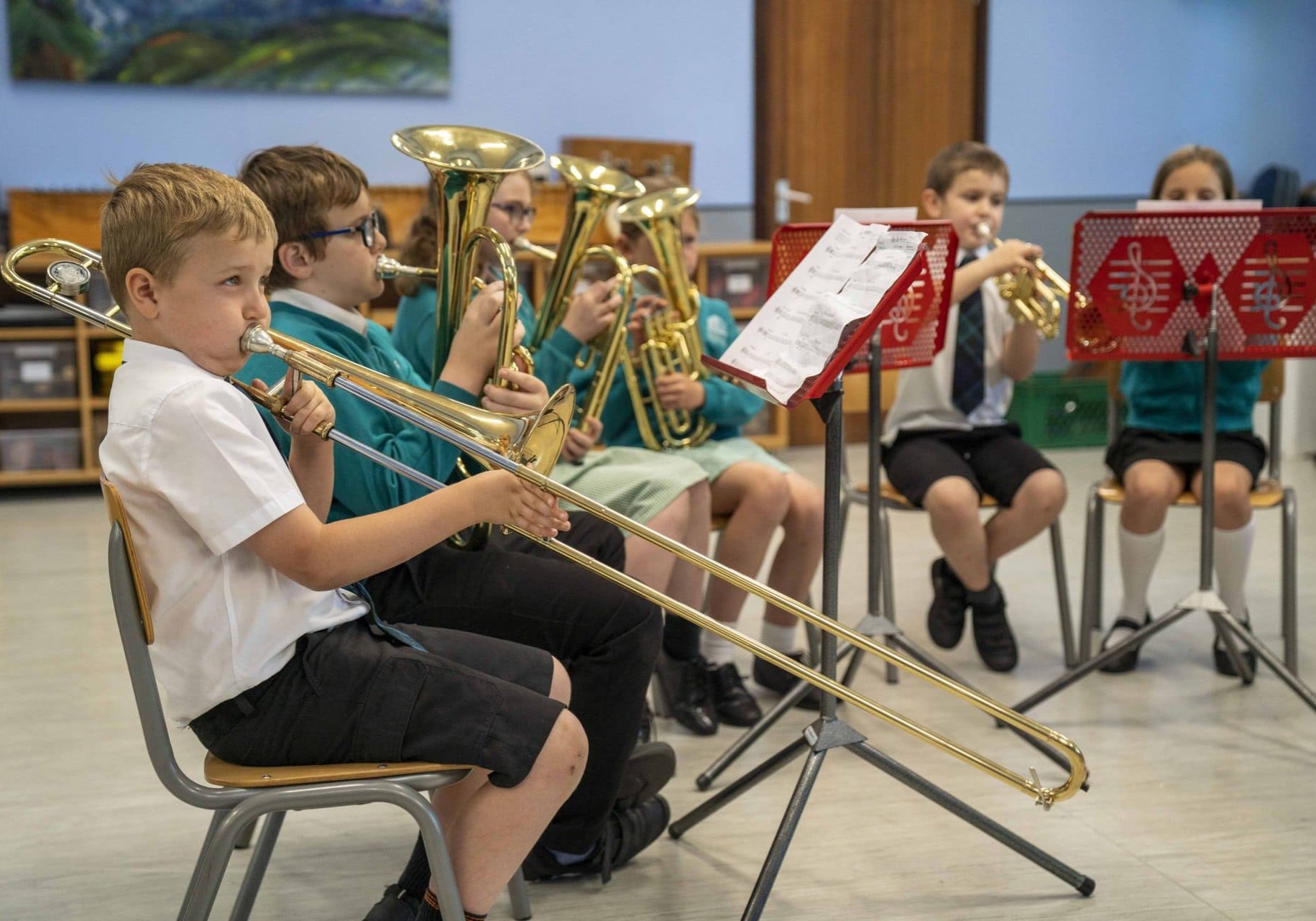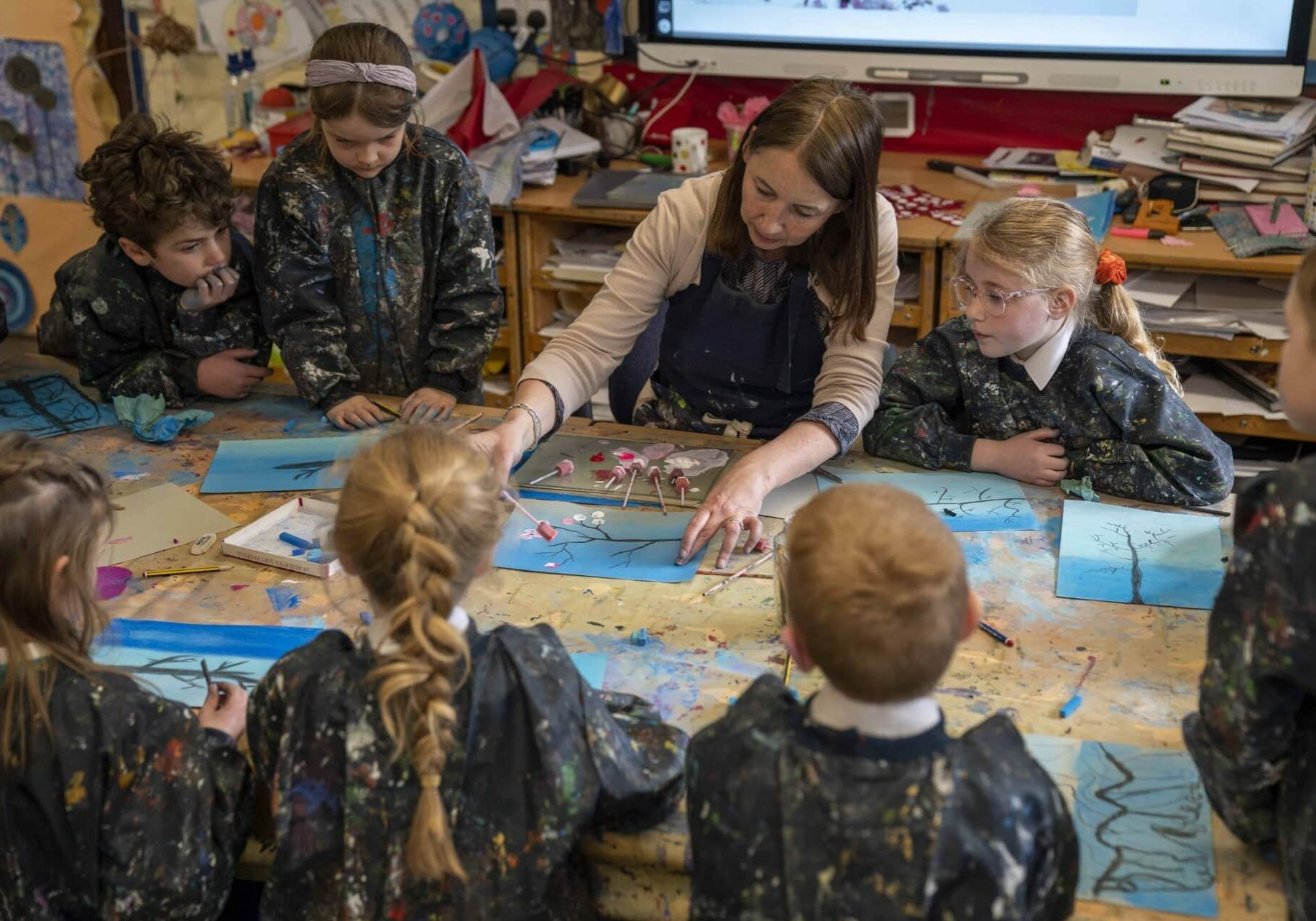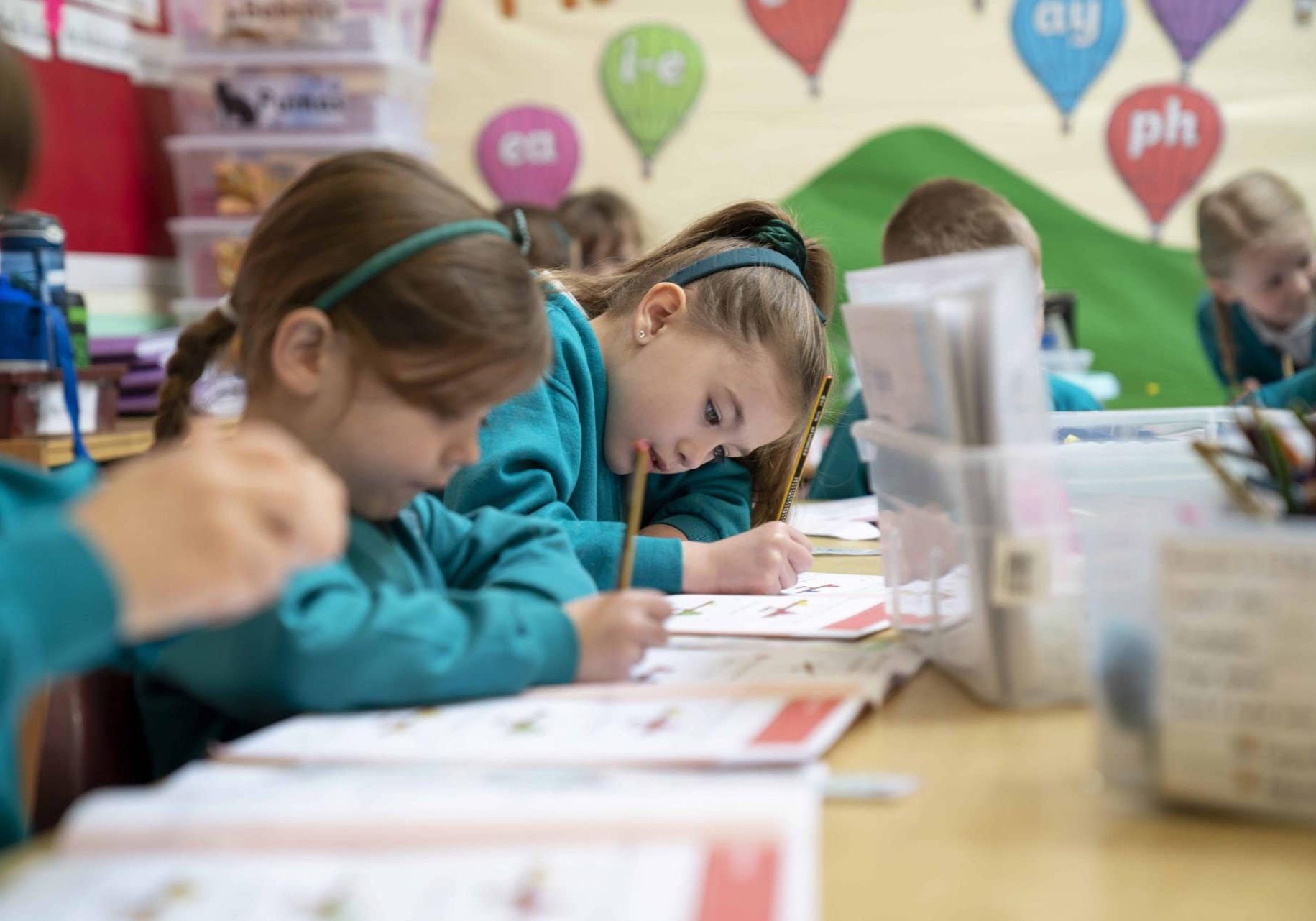In This Section
Phonics
'Once you learn to read, you will be forever free.' - Frederick Douglass
Curriculum Intent
Here at Nicholas Hawksmoor, we understand the fundamental importance of phonics in developing strong reading and writing skills. Our phonics curriculum follows the Read Write Inc. scheme to ensure consistency and fidelity throughout. It aims to:
 Deliver quality instruction in the complex alphabetic code of the English language, teaching the 44 phonemes and their corresponding graphemes systematically.
Deliver quality instruction in the complex alphabetic code of the English language, teaching the 44 phonemes and their corresponding graphemes systematically.- Foster enthusiasm for reading and writing by building children's confidence through a structured approach that ensures early success.
- Develop partnerships with parents by providing clear guidance on supporting phonics learning at home.
Our goal is to equip all children with the phonetic knowledge and skills needed to become fluent readers and confident writers. We make phonics accessible and engaging, recognizing its crucial role in unlocking the vital skill of reading and the wider curriculum and fostering a lifelong love of learning.
Implementation
Our phonics curriculum is delivered through:
- Systematic Teaching: Daily phonics sessions in Early Years and Key Stage 1 follow the Read Write Inc. progression, starting with simple sounds and building to more complex phoneme-grapheme correspondences.
- Quality Resources: Carefully chosen reading books that match children's phonics knowledge, allowing them to apply their skills and experience success.
- Enthusiastic Approach: Engaging teaching methods that ensures explicit teaching of blending for reading and segmenting for spelling, crucial skills for literacy development.
- Ongoing Assessment: Regular checks to ensure children are progressing and to identify any need for additional support.
- Partnership with Parents: Clear communication about children's progress and guidance on supporting phonics at home, including correct pronunciation of sounds.
Our strategy reflects our ethos by ensuring quality instruction, fostering enthusiasm through consistent and engaging methods, and partnering with parents to support learning.
Impact
The impact of our phonics curriculum is evident in:
- Reading Proficiency: Children become confident, fluent readers who can tackle both familiar and unfamiliar words using their phonics knowledge.
- Writing Skills: Improved spelling abilities as children apply their understanding of the alphabetic code.
- Phonics Screening Success: High pass rates in the Year 1 Phonics Screening Check, with targeted support ensuring success for those who need to retake in Year 2.
- Confidence and Independence: Children demonstrate increased confidence in their ability to read and write independently.
- Love of Reading: Development of enthusiasm for reading as children's skills improve, leading to engagement with a wider range of texts.
- Cross-Curricular Application: Improved access to the wider curriculum as reading skills develop.
We assess these impacts through ongoing teacher assessments, regrouping pupils to ensure they are always in the correct group for their level of development. In addition the Phonics Screening Check produces a statutory attainment point at the end of Year . Our comprehensive approach, grounded in our ethos of Quality, Enthusiasm, and Partnership, ensures that our phonics curriculum not only meets national standards but also nurtures confident, enthusiastic readers and writers prepared for their next steps in education.
Further Information for Parents
English is a very tricky language! Despite having 26 letters in the alphabet, within the spoken language there are 44 phonemes (sounds) and these can be represented in the written language by over 200 graphemes (ways of writing the sound). This is our highly complex alphabetic code.
Is there an assessment?
Yes, there is a statutory Phonics Screening Check towards the end of Year 1 where children have to read 20 real words and 20 ‘alien’ words. This is conducted in a very child-friendly way by the class teachers. At every parents evening you will be informed of your child’s progress in Phonics and at the end of Year 1 the school report will inform you if they have passed the check or not. If your child does not pass in Year 1 they will be given additional support throughout Year 2 to enable them to pass the next year.
What will my child learn each year?
Phases 1, 2 and 3 are taught within Reception. Phases 4 and 5 are taught in Year 1. All phases are then revisited as part of Year 2, alongside phase 6 to develop the children’s spelling understanding. However due the vertical grouping of our phonics groups, children will be taught in the correct ability group for their phonic ability. These groups are re-assessed regularly to ensure pupils are accessing the correct level of input for their understanding. From Year 2 onwards the children will follow and complete the Read Write Inc spelling programme.
How do I know if my child is saying the sounds correctly?
It is important to enunciate the sounds correctly and try to encourage your child not to add on the /uh/ sound, for example saying /t/ not /tuh/. You can hear how to say each sound here.
Key Terminology
Phoneme
A phoneme is the smallest unit of sound in a word.
Feel/watch how your mouth changes when you say a word, every time your mouth moves/changes shape you are saying a new phoneme, e.g. b-r-i-ck
There are 44 phonemes in the English language
Grapheme
Graphemes represent how a phoneme is spelt. Each grapheme is a unit of sound regardless of how many letters there are.
e.g. The word b-r-igh-t is made up of 4 phonemes; the igh phoneme is represented by 3 letters but only makes one phoneme.
A grapheme can represent more than one phoneme e.g. C = cat and city
Digraph
Two letters, which makes 1 phoneme. e.g. duck
A consonant digraph contains two consonants
e.g. sh ck th ll
A vowel digraph contains at least one vowel
e.g. ai ee ar oy
Split Digraph
A digraph in which the two letters are not adjacent e.g. make
a-e is a unit of sound (digraph), it is being ‘split’ by the constant k.
Trigraph
Three letters, which make 1 phoneme. e.g. light
Oral blending
Hearing a series of spoken phonemes and merging them together to make a spoken word without corresponding to any graphemes (no text is needed). e.g. teacher says “b-u-s” children say “bus”
Blending (links to reading)
Recognising the letter sounds in a written word and merging them together in the order they are written to pronounce the word. e.g. c-u-p = cup
Segmenting (links to writing)
Identifying the individual phonemes in a spoken word and writing them down to form a word.





